If you're new to the pharmaceutical world, you must've ever wondered what packaging works best for your product. Take a look at blister packaging! I guess you've done some research. So, you'll find these handy packs do more than just hold your medicine.
Pharmaceutical blister packs can protect your pills from moisture, light, and air, keeping them easy to take out, safe, and effective for longer. But here's the thing: not all blister packs are created equal.
The materials used in this kind of packaging play a huge role in how well your product stays safe. Today, we'll explore different pharmaceutical blister packaging materials, why they matter, and how to choose the right one for your product. Let's dive in!
What Is Pharmaceutical Blister Packaging?
Pharmaceutical blister packaging can be considered a method of sealing medicines. Rather than holding them with a bottle, this method locks your pills in individual "bubbles" made from clear plastic and foil.
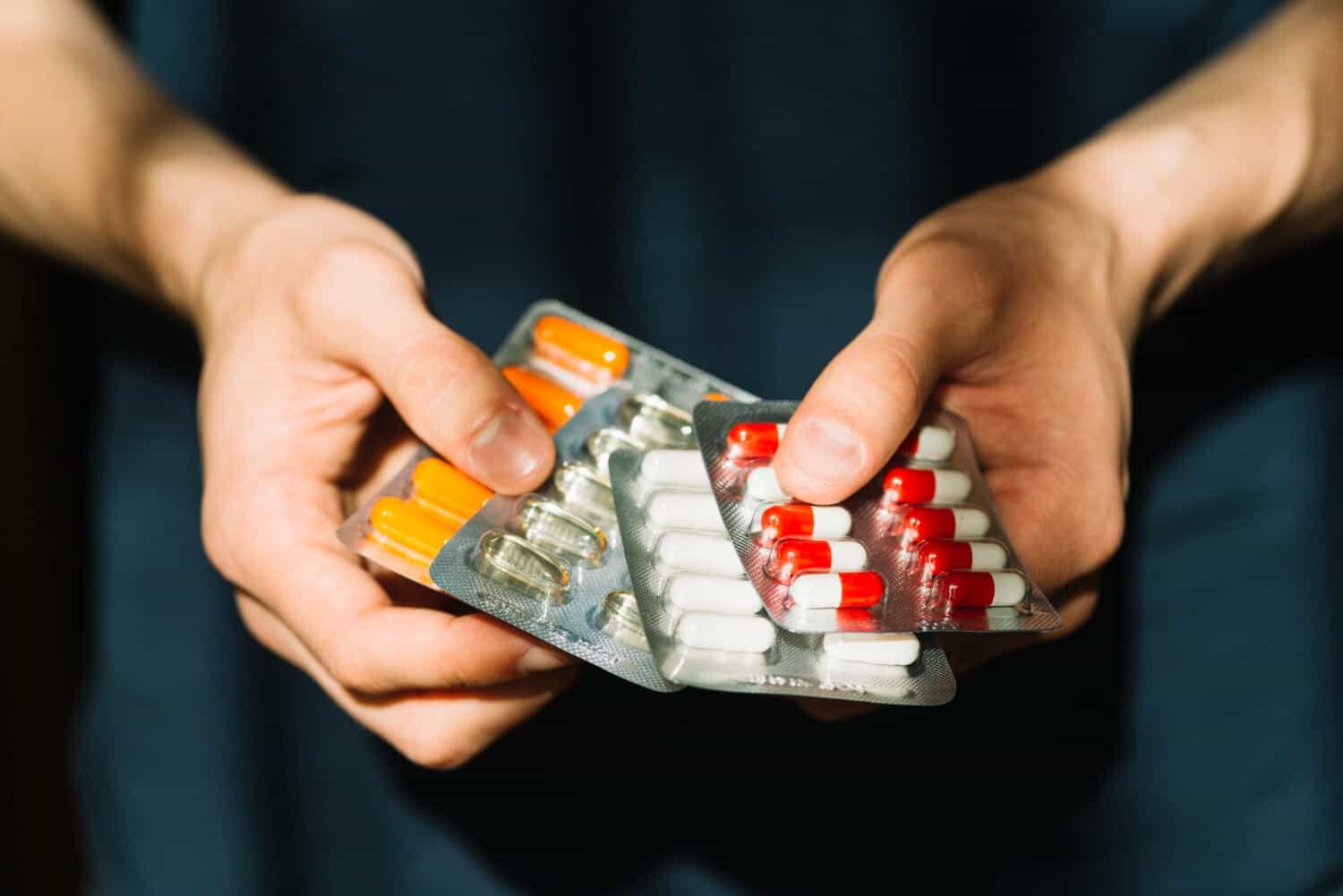
Each bubble holds a single dose, so it's easy for users to track what they've taken. This type of packaging effectively guards tablets or capsules from moisture, light, and tampering. Research has shown that blister packaging can help users adhere to their medication or supplement routines more consistently.
Types of Pharmaceutical Blister Packaging Materials
With proper blister packaging materials, you can ensure your pharmaceutical products stay safe to use. These materials also help showcase your brand since the clear plastic or foil can feature your design.
Today, there's a wide variety of materials used in pharmaceutical blister packaging. Each offers its own unique advantages and can address specific needs.
Pharmaceutical blister packaging materials can be classified into two main categories: forming materials and lidding materials. Let's check them out!
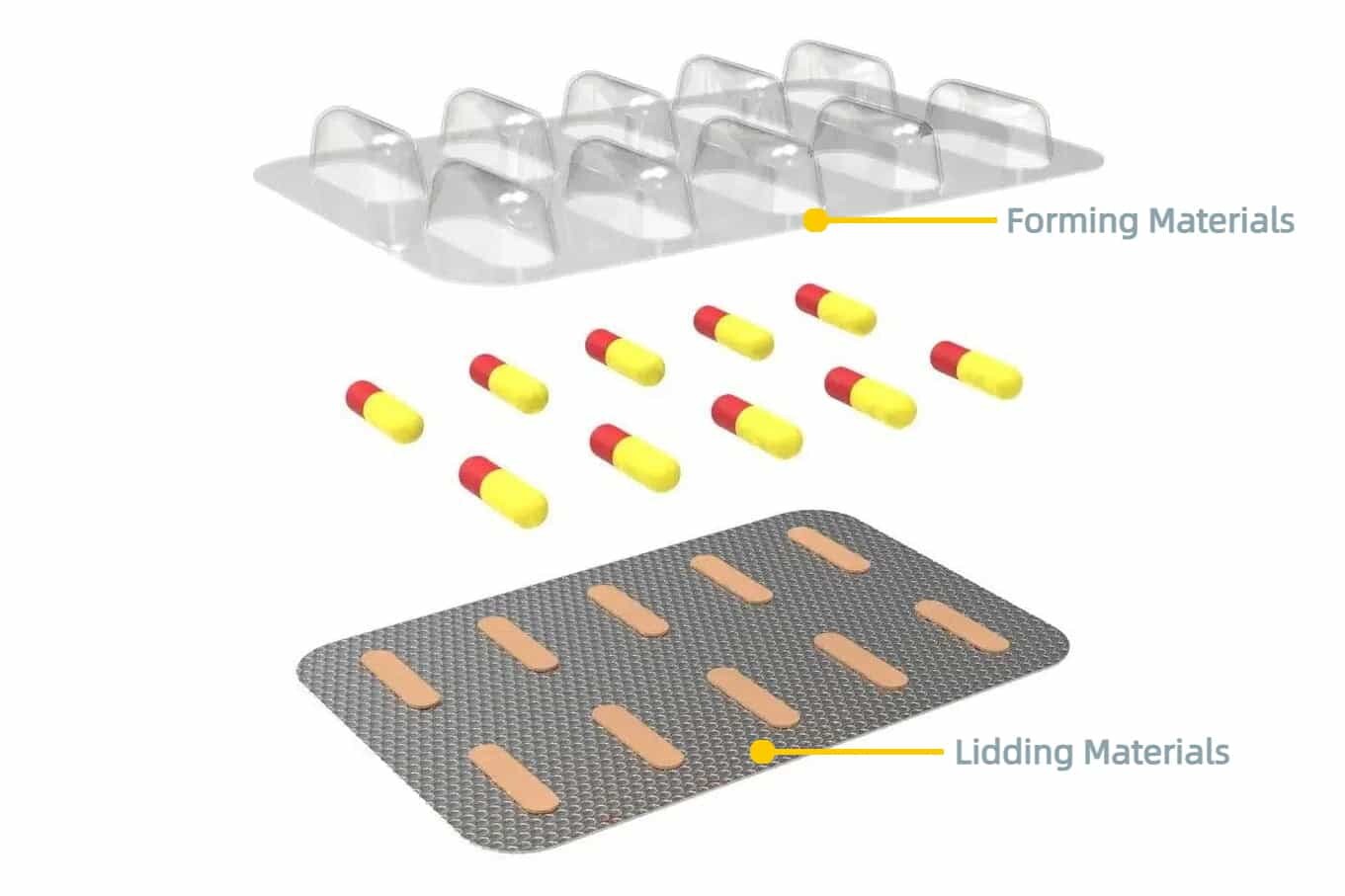
1. Forming Materials
These materials create the cavities, aka the "bubbles" that hold the medication. Common forming materials include:
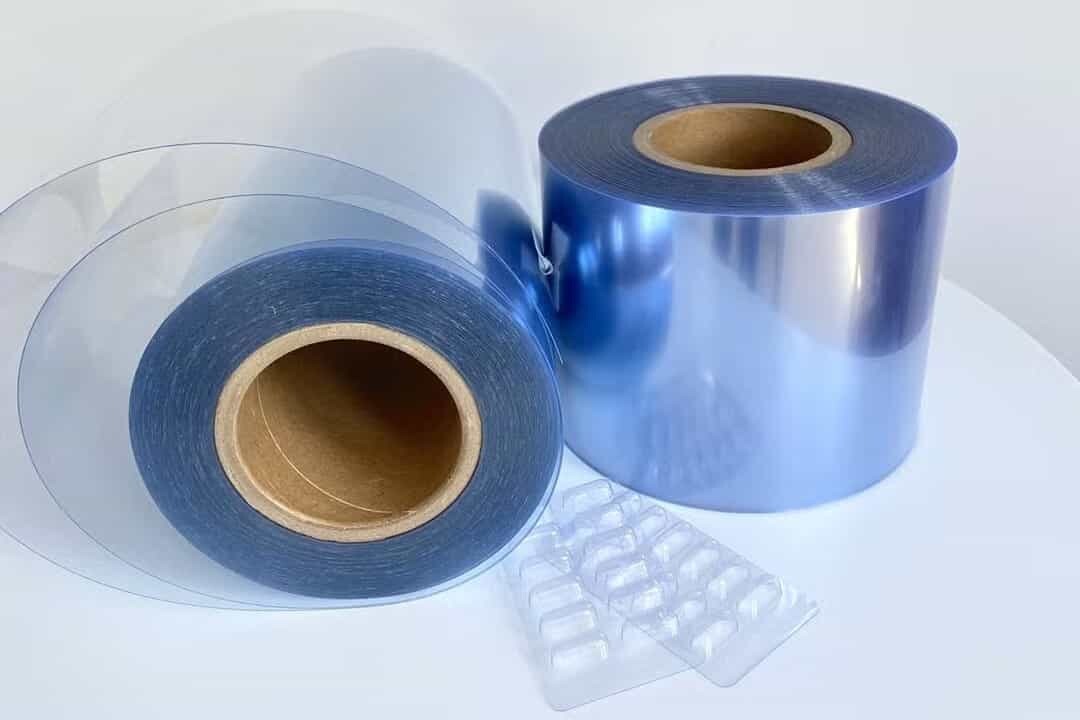
Polyvinyl Chloride (PVC):
It is a widely used plastic known for its clarity and ease of forming.
Pros:
- Cost-effective.
- Transparent, allowing easy inspection of contents.
- Easily thermoformed into various shapes.
Cons:
- Limited barrier against moisture and oxygen.
- Environmental concerns due to chlorine content.
Best For:
Products with short shelf lives or those less sensitive to moisture.
Polyvinylidene Chloride (PVDC):
It is a coating applied to plastics like PVC to enhance barrier properties.
Pros:
- Superior protection against moisture and gases.
- Maintains transparency.
Cons:
- More expensive than standard PVC.
- Environmental disposal concerns.
Best For:
Medications requiring extended shelf life and protection from environmental factors.
Polypropylene (PP):
This material is a durable plastic offering better barrier properties than PVC.
Pros:
- Good resistance to moisture.
- Higher temperature tolerance.
- Recyclable.
Cons:
- Less transparent.
- Requires higher forming temperatures.
Best For:
Products sensitive to moisture and those requiring sterilization.
Polyethylene Terephthalate (PET):
It is a strong, clear plastic often used in food and beverage containers and blister packs.
Pros:
- Excellent clarity.
- Good barrier against gases.
- Recyclable and more environmentally friendly.
Cons:
- Higher cost compared to PVC.
- Less effective moisture barrier.
Best For:
Products where visibility is crucial and moderate barrier protection is sufficient.
Polychlorotrifluoroethylene (PCTFE):
This is a polymer known for its exceptional moisture barrier properties.
Pros:
- Ideal for moisture-sensitive medications thanks to its low water vapor transmission rate.
- Provides good chemical resistance.
Cons:
- Higher cost compared to other forming materials.
- Less flexible.
Best For:
Pharmaceutical products that require maximum protection from moisture to maintain stability and efficacy.
Cyclic Olefin Polymers (COP):
It is a class of amorphous polymers known for their clarity and stability.
Pros:
- Excellent moisture barrier properties.
- High transparency, allowing clear visibility of the product.
- Great for applications requiring precision.
Cons:
- Generally more expensive than standard materials like PVC.
- Limited resistance to certain solvents.
Best For:
Medications that benefit from high visibility packaging and require a strong moisture barrier.
Cold Form Foil (CFF):
It is a film that involves laminating aluminum between layers of plastic films like nylon and PVC.
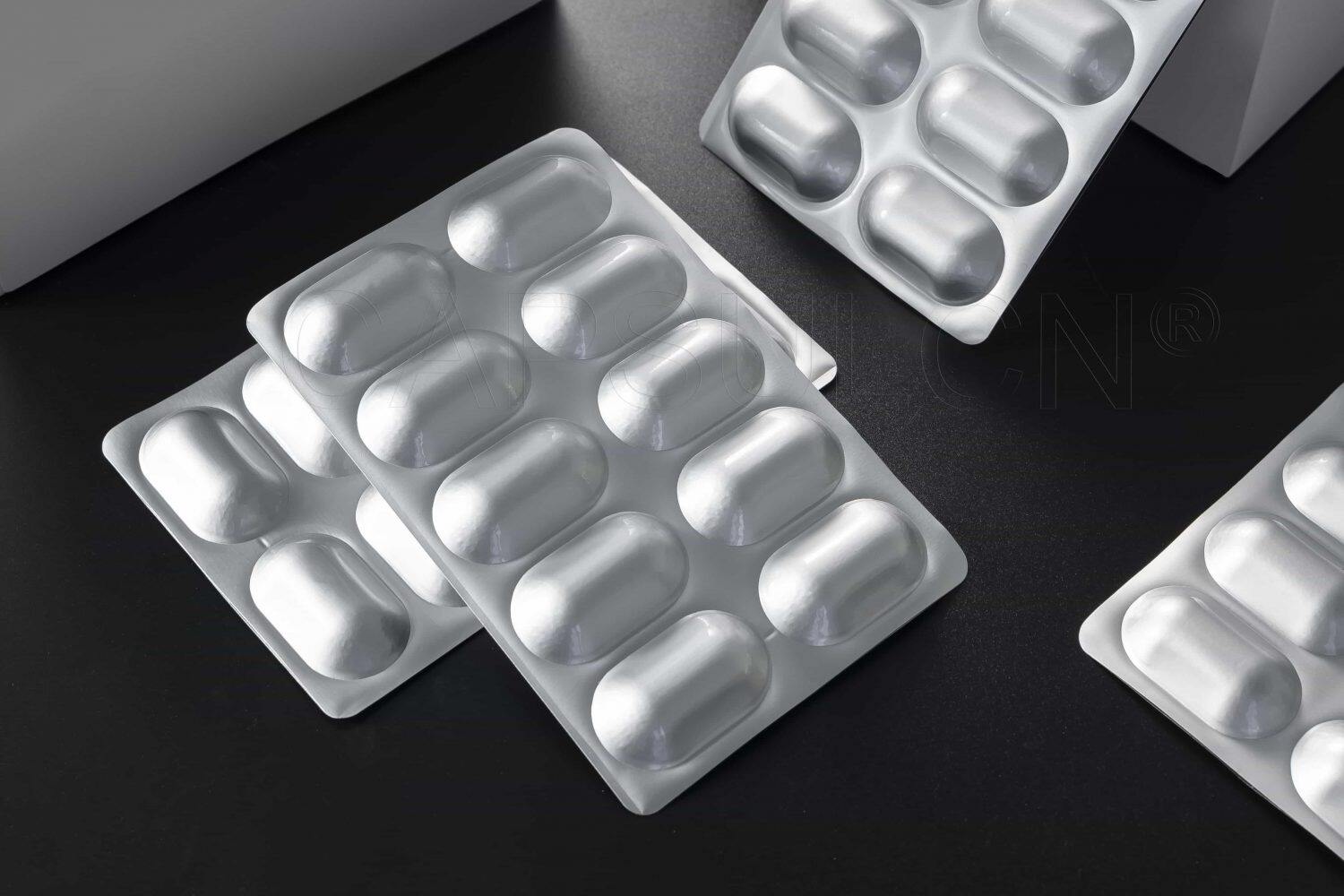
Pros:
- Provides maximum protection for sensitive drugs.
- Excellent for shielding potential contaminants.
- Helps extend the shelf life of pharmaceuticals.
Cons:
- Opaque, preventing visual inspection of the product.
- More expensive than PVC and similar forming materials.
- Takes more time to manufacture.
Best For:
Medications that are highly sensitive to environmental factors and require superior protection to maintain their efficacy.
2. Lidding Materials
These materials seal the blister cavity, protecting the medication until use.
Aluminum Foil:
This is one of the most common pharmaceutical blister packaging materials. It comes in a thin layer of aluminum used to cover and seal the bubbles on the pack.
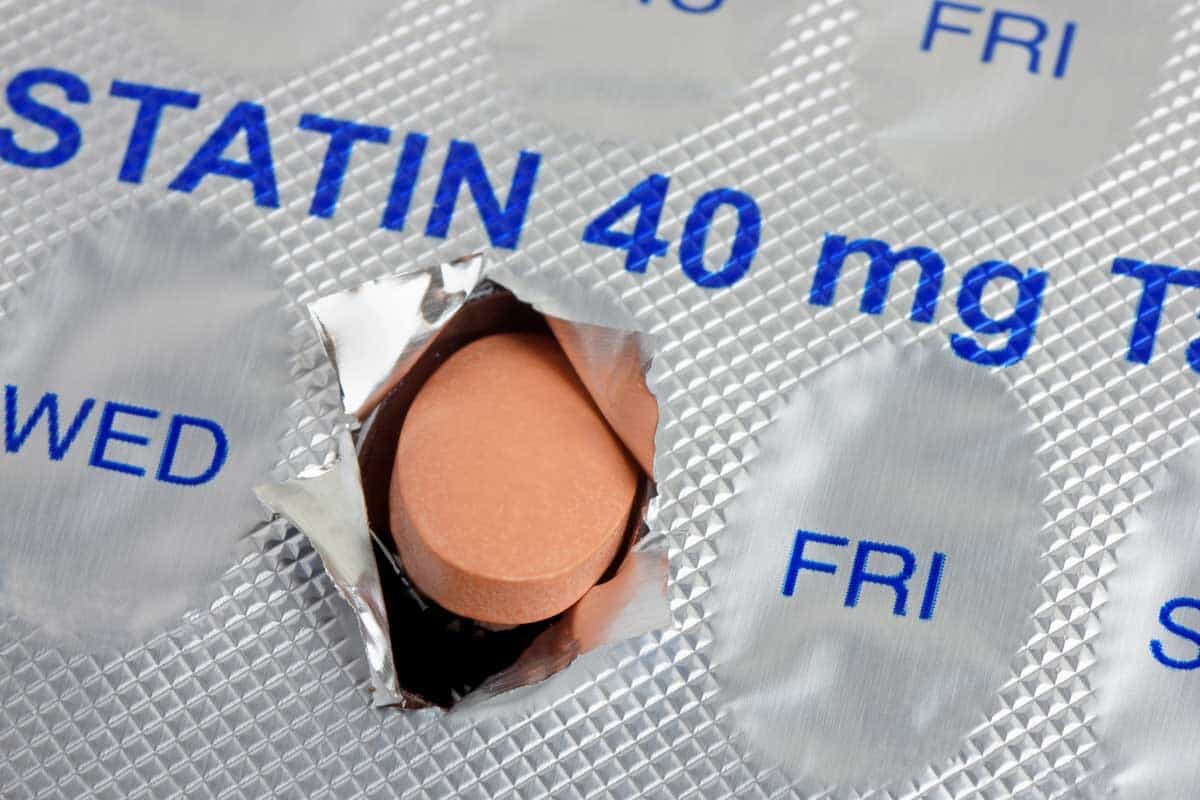
Pros:
- Excellent barrier against light, moisture, and gases.
- Tamper-evident.
- Lightweight.
- Allows sealing to multiple forming materials.
Cons:
- Prone to brittleness, causing it to crack or break under pressure.
- Potential for pinholes if not manufactured properly.
Best For:
Light-sensitive medications and those requiring maximum protection.
Paper/Aluminum Composites:
They are laminates combining paper and aluminum layers.
Pros:
- Enhanced strength and rigidity.
- Improved printability for branding and information.
- Offers customizable barrier properties.
Cons:
- Increased material complexity can hinder recycling.
- Potentially higher costs.
Best For:
Products needing robust packaging with clear labeling.
Polymer/Foil Composites:
They combine aluminum foil with polymer films like PE or PET.
Pros:
- Improved barrier properties.
- Enhances the material's durability and resistance to punctures.
- Allows for effective heat sealing to various forming materials.
Cons:
- Can pose challenges for recycling.
- May result in higher production costs.
Best For:
Medications that look for mechanical strength in packaging.
Child-Resistant Laminates:
They are specialized lidding materials of multiple layers, including aluminum foil, paper, and plastic.
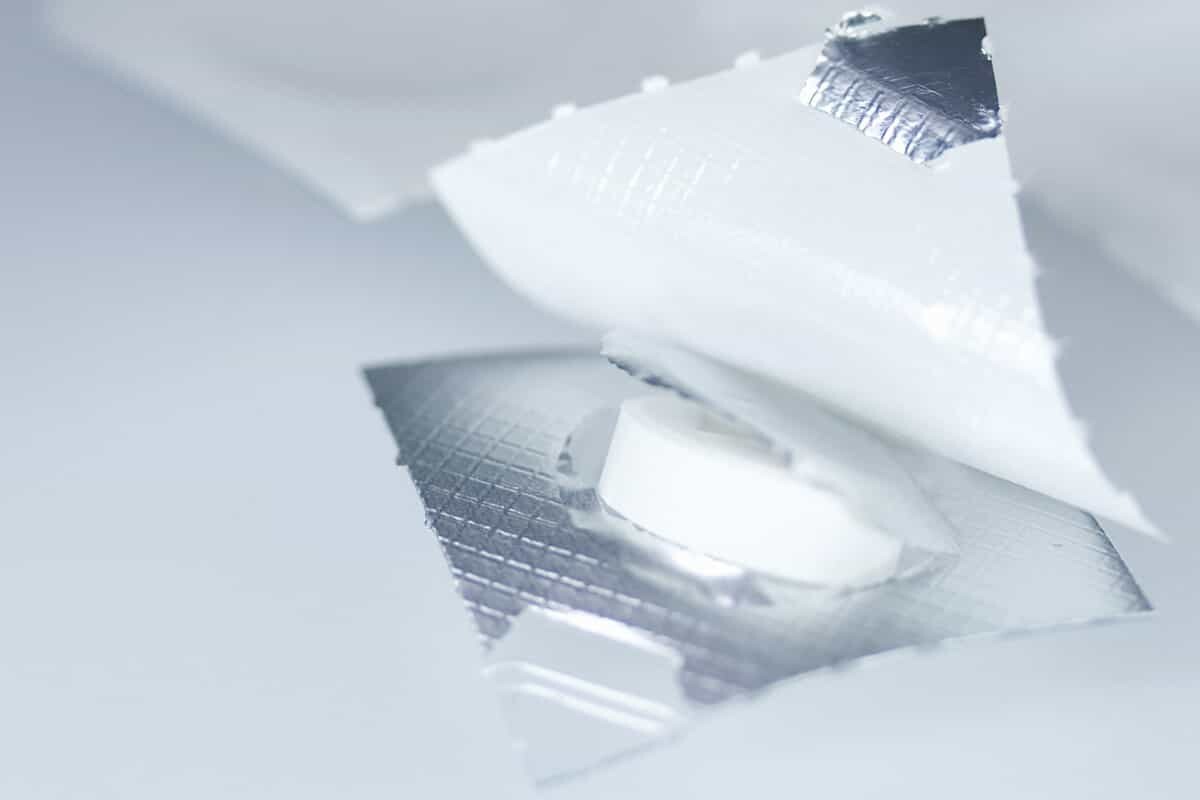
Pros:
- Keeps children safe.
- Not easy for kids to open yet simple for adults.
- Meets regulatory requirements in various regions.
Cons:
- May be difficult for elderly or arthritic patients to open.
- Can add to packaging costs.
Best For:
Medications that pose a risk if accidentally ingested by children.
How to Choose the Right Pharmaceutical Blister Packaging Materials for Your Product
Feeling overwhelmed by all the different pharmaceutical blister packaging materials we introduced above? No worries! Here are some handy tips to help you make the right choice.
Tip 1. Understand Your Product's Needs.
- Ask yourself: "Is my product sensitive to moisture, light, or oxygen?"
- For highly sensitive items, consider materials like PVDC, Aluminum Film, or laminates.
- For less sensitive items, PVC might be enough.
Tip 2. Balance Cost and Protection.
- High-barrier films cost more but offer stronger protection.
- PVC is usually cheaper yet works well for many solid-dose products.
- Think about your budget and quality needs before making a choice.
Tip 3. Check Regulatory Requirements.
- Pharmaceutical packaging must meet strict safety rules.
- Look for materials that have FDA or EU approvals, if relevant.
- Always stay updated on regional guidelines.
Tip 4. Think of Sustainability.
- Eco-friendly materials are on the rise, like recyclable plastics or paper-foil combos.
- Some options may cost more initially.
- Consider how a green choice can boost brand image.
Tip 5. Test Before Production.
- Ask suppliers for samples or small trial runs.
- Always run tests to see if the materials are compatible with your product and the blister packaging machine.
- Ensure the material won't degrade your product.
- Confirm if the material can be formed into blister packs smoothly and sealed properly.
Blister Packaging vs. Other Pharmaceutical Packaging Options
If you're trying to find a smart way to package your tablets or capsules, there are actually several options beyond just blister packaging. So, what are the differences between blister packs and other choices? Here's a straightforward comparison of blister packs, bottles, pouches, and strip packs:
| Blister Packs | Bottles | Pouches | Strip Packs | |
| Materials | Typically made from plastics and aluminum foil, sometimes aluminum-based films for both blisters and lidding. Multi-layer laminates are also available for added protection. | Commonly crafted from glass or various plastics, such as high-density polyethylene (HDPE) or polyethylene terephthalate (PET). | Often constructed from multi-layer laminates, including materials like PET, aluminum, and polyethylene (PE), to provide necessary barrier properties. | Consists of two heat-sealable flexible film layers, often aluminum or plastic, enclosing individual doses. |
| Protection | Each dose is individually sealed, offering excellent protection against moisture, light, and contamination. | Provides a good barrier until opened; however, once the seal is broken, the entire contents are exposed to environmental factors. | Offers moderate protection; the effectiveness depends on the material used and the seal's integrity. Sometimes, a zipper closure is a plus. | Each tablet or capsule is sealed between film layers, providing a high barrier against environmental factors. |
| Convenience | Allows for easy tracking of medication intake, which can improve patient adherence. | Simple to use but may require additional tools like pill organizers for dose tracking. | Lightweight and portable; however, may be less durable and harder to reseal after opening. | Perforated sections allow for easy separation of individual doses, aiding in dose management. |
| Cost | Generally more cost-effective due to lower material usage and lighter weight, which also reduces shipping costs. | Typically more expensive because they use more material and are heavier, increasing shipping costs. | Often cost-effective and can be more affordable compared to bottles and boxes. | Generally cost-effective due to the use of flexible films and efficient packaging processes. |
| Environmental Impact | Uses less material, but recycling can be challenging due to mixed materials. | Often recyclable, especially glass bottles; however, they have a higher carbon footprint due to weight and material usage. | Depending on the materials used, pouches can be more environmentally friendly, especially if made from biodegradable or recyclable materials. | Utilizes flexible films, which may pose recycling challenges similar to blister packs. |
| Tamper Evidence | Provides clear signs of tampering, enhancing consumer trust. | Tamper-evident seals are available but may not be as obvious as blister packs. | Can be designed with tamper-evident features, but effectiveness varies. | Offers tamper-evident packaging, as each dose is individually sealed, making unauthorized access noticeable. |
Final Thoughts
You might think all blister packs look the same, but they're actually made from different materials. Picking the right pharmaceutical blister packaging materials really does matter. They help keep your product safe and can also extend its shelf life while keeping it effective. Plus, your material choice can make a big difference for patients, giving them easier and more secure access to their medications.